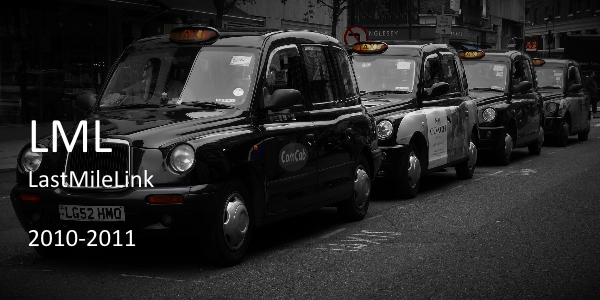LML

The aim of LML was to develop a suitable system that efficiently closes the gap in public transport between the destination station (e.g. train station) and the actual destination (e.g. hotel) and at the same time ensures the necessary local mobility for these journeys.
Client: bmvit, ways2go, 2nd call for tenders
Duration: March 2010 to August 2011 (18 months)
Project partners: Vienna University of Technology, Research Department of Transport Planning; Austrian Energy Agency; one’s own gmbh; invent GesmbH
LOI partners: ÖBB-Personenverkehr AG; VCÖ – Verkehrsclub Österreich; WKO – Fachverband der Fahrzeugindustrie; Denzel Mobility Carsharing GesmbH; Alpine Pearls; Donau Niederösterreich Tourismus GesmbH – Wachau 2010 Impuls; Salzburger Land Tourismus GesmbH; Upper Austria Tourism GesmbH
Project description: The “last mile” must be defined in three ways: the distance from the destination of the respective means of transport (train station, airport etc.) to the actual destination (e.g. hotel) must be covered, and so-called local mobility must also be included. For about 70% of auto travellers, the lack of mobility at the destination (without their own auto) is an essential decision criterion for using non-public transport. In order to promote environmentally-friendly rail transport in particular, it is essential to bridge this “last mile” in the best possible way. At the same time, this gap closure is also of great importance for the tourism industry since many travellers select their holiday destination exactly according to the criteria of the “last mile” and thus regions that are poorly developed have a locational disadvantage.
The LML project aimed at closing this gap in the mobility chain in three ways. Based on the knowledge of existing systems, a suitable overall concept was developed through targeted further development that also enables travellers in the often disadvantaged rural regions to travel from their starting point to the nearest public transport system and to continue their journey independently and directly from the destination station (e.g. train station) to their destination (e.g. hotel). The same concept also serves to satisfy local mobility needs. Within the framework of LML, an overall system was developed which consists of a suitable business model, the further development of reservation and positioning systems (e.g. for mobile phones) and suitable vehicles.
For example, the concrete scenario for rail travel can be represented as follows: Passengers can order their connecting journey at the destination station together with their travel documents or as part of the timetable information. At the destination station they get in the pre-booked vehicle (similar to existing car-sharing systems) and drive to their destination. There they can park the vehicle in the public road space, which makes it immediately available to other people for travel to the station or for mobility on site. Parked vehicles can be located and reserved via the internet or mobile phone. LML investigated the technical and economic possibilities for implementing such a system. In addition, the basis for a suitable vehicle concept was developed.
Contact: DI Dr. Bernhard Rüger
